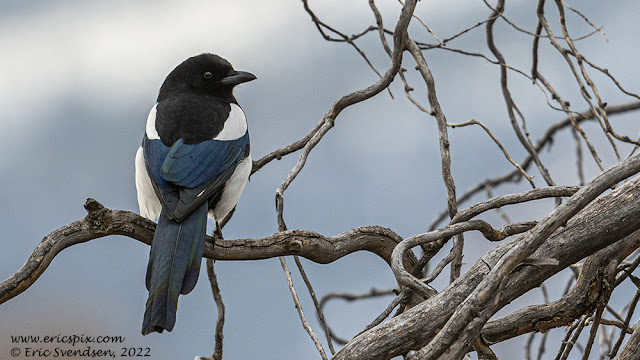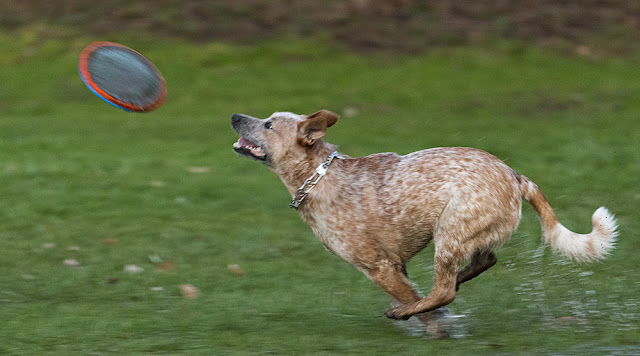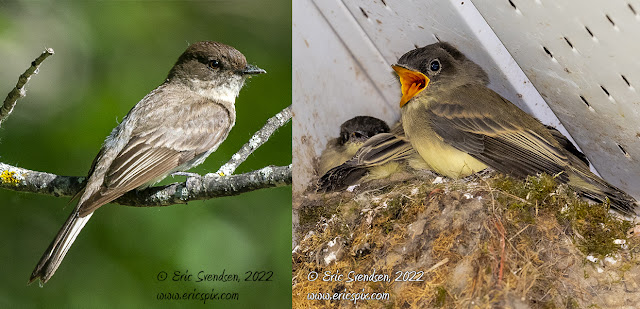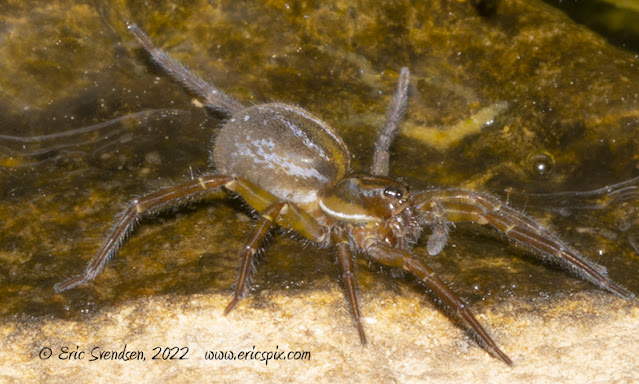Great blue heron at Steveston

Most of the time when I find great blue herons their chest plumes (the long string-like feathers that come off the lower neck and upper chest) are pressed tight against their body. They also have back plumes and head plumes that form a crest. These plumes are at their longest and most dramatic during the breeding season where they are used in courtship displays. I photographed the above heron three days ago (March 24) which is the time herons are involved in nest building in the lower mainland. Great blue herons are monogamous on a yearly basis but find new mates the following year. Along with courtship displays involving their long plumes (you can see the chest and back ones on the above specimen) they intertwine necks, vocalize with gutteral croaks, and the male will present sticks to the female who is involved in nest building. Even though the herons are clearly dedicated to nest construction, mating, and egg tending (both sexes do this), they still spend most of their wakin


























